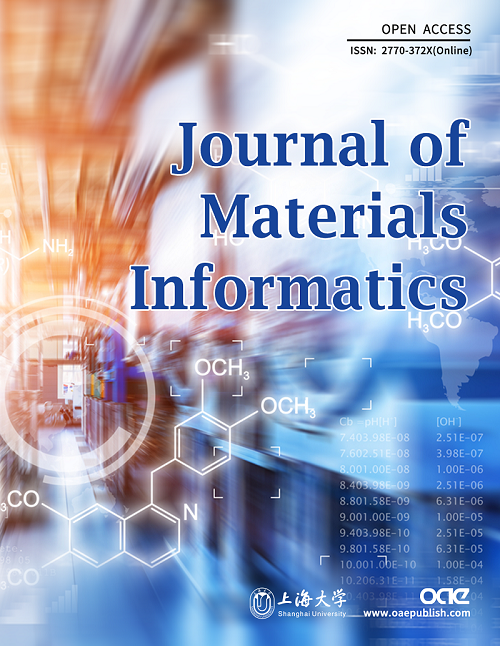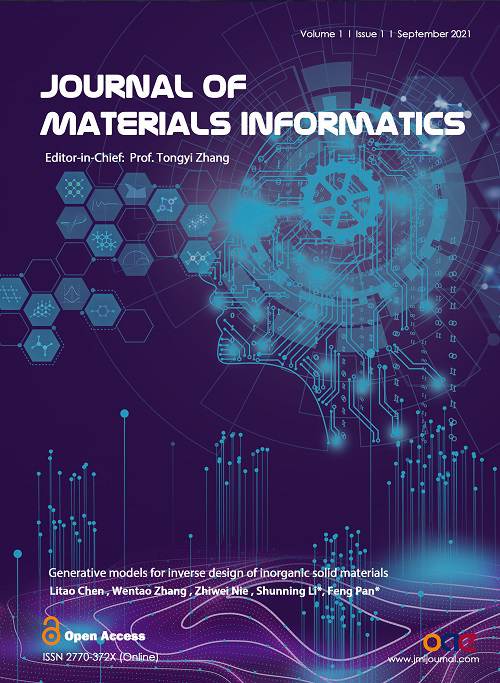Volume 1, Issue 1 (2021) – 7 articles
Cover Picture: Overwhelming evidence has been accumulating that materials informatics can provide a novel solution for materials discovery. While the conventional approach to innovation relies mainly on experimentation, the generative models stemming from the field of machine learning can realize the long-held dream of inverse design, where properties are mapped to the chemical structures. In this review, we introduce the general aspects of inverse materials design and provide a brief overview of two generative models, variational autoencoder and generative adversarial network, which can be utilized to generate and optimize inorganic solid materials according to their properties. Reversible representation schemes for generative models are compared between molecular and crystalline structures, and challenges in regard to the latter are also discussed. Finally, we summarize the recent application of generative models in the exploration of chemical space with compositional and configurational degrees of freedom, and potential future directions are speculatively outlined.
view this paper 








